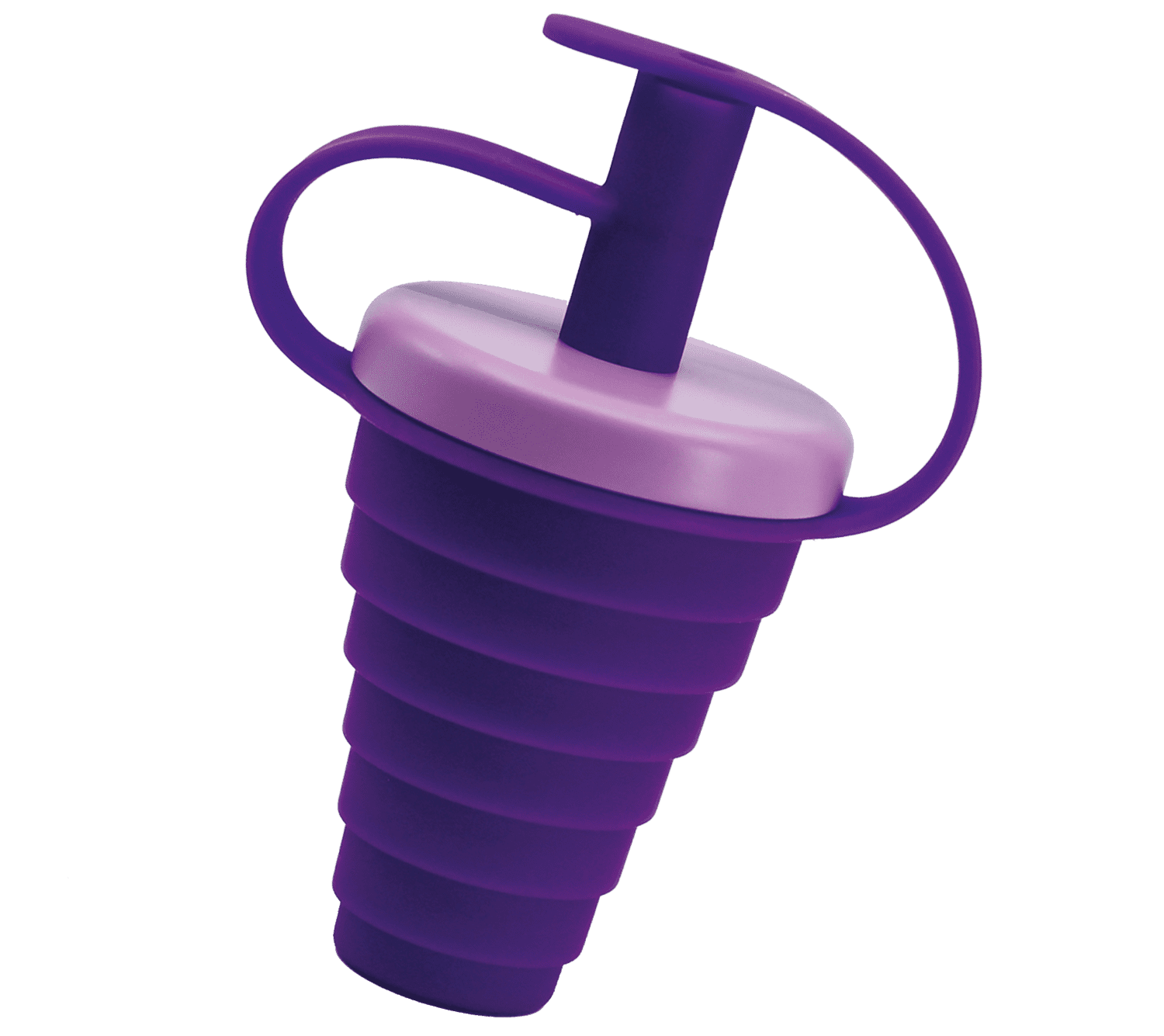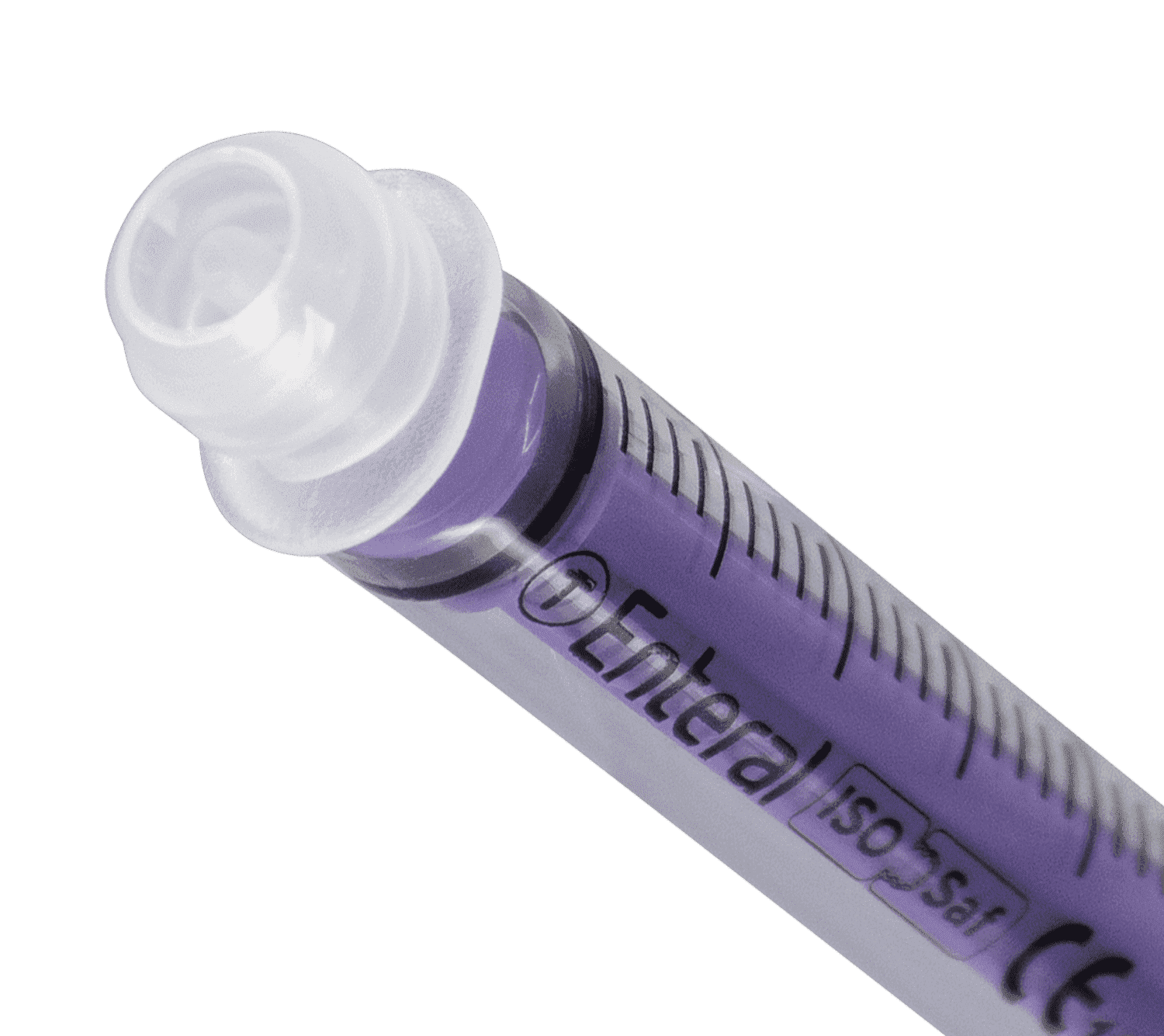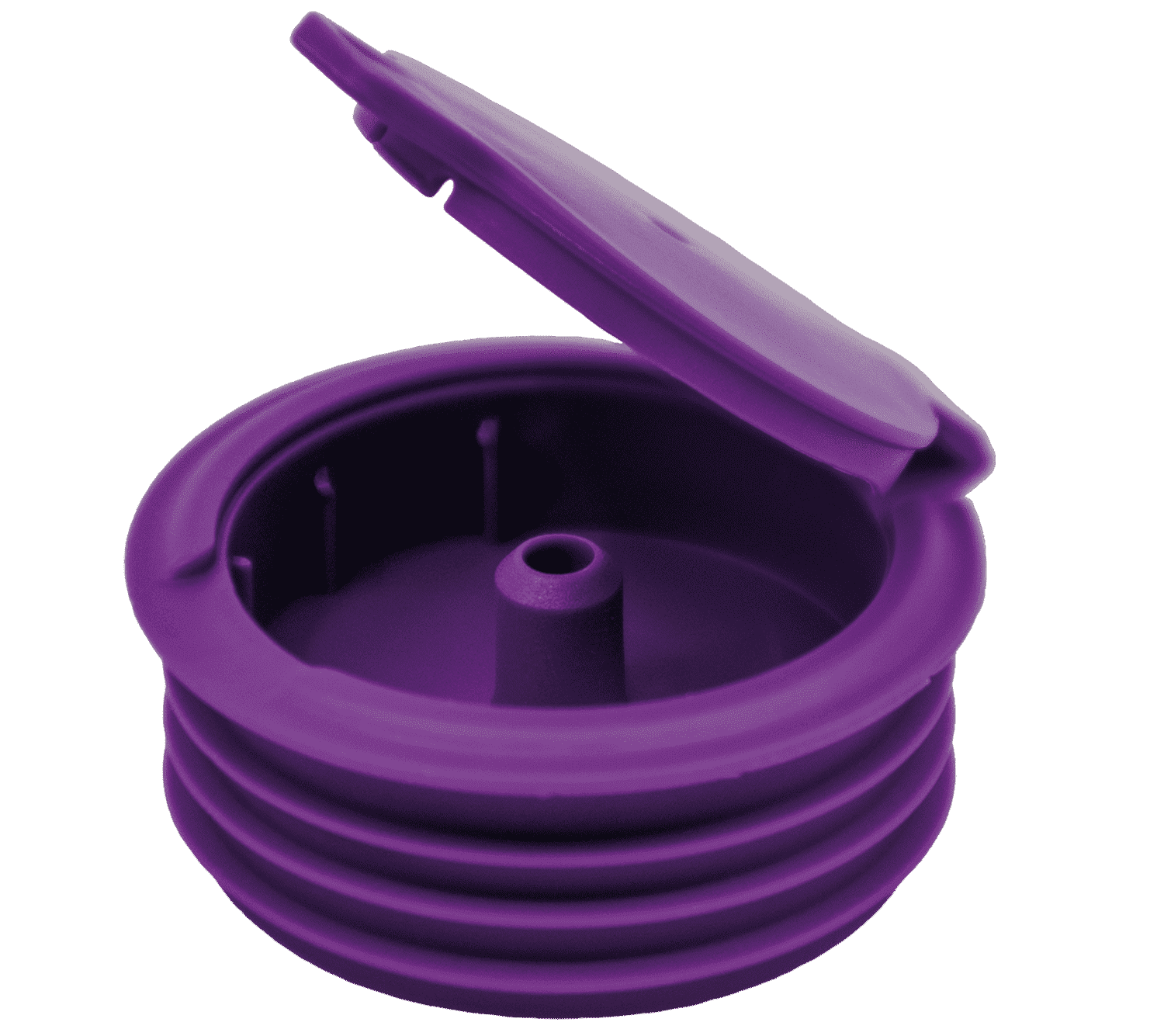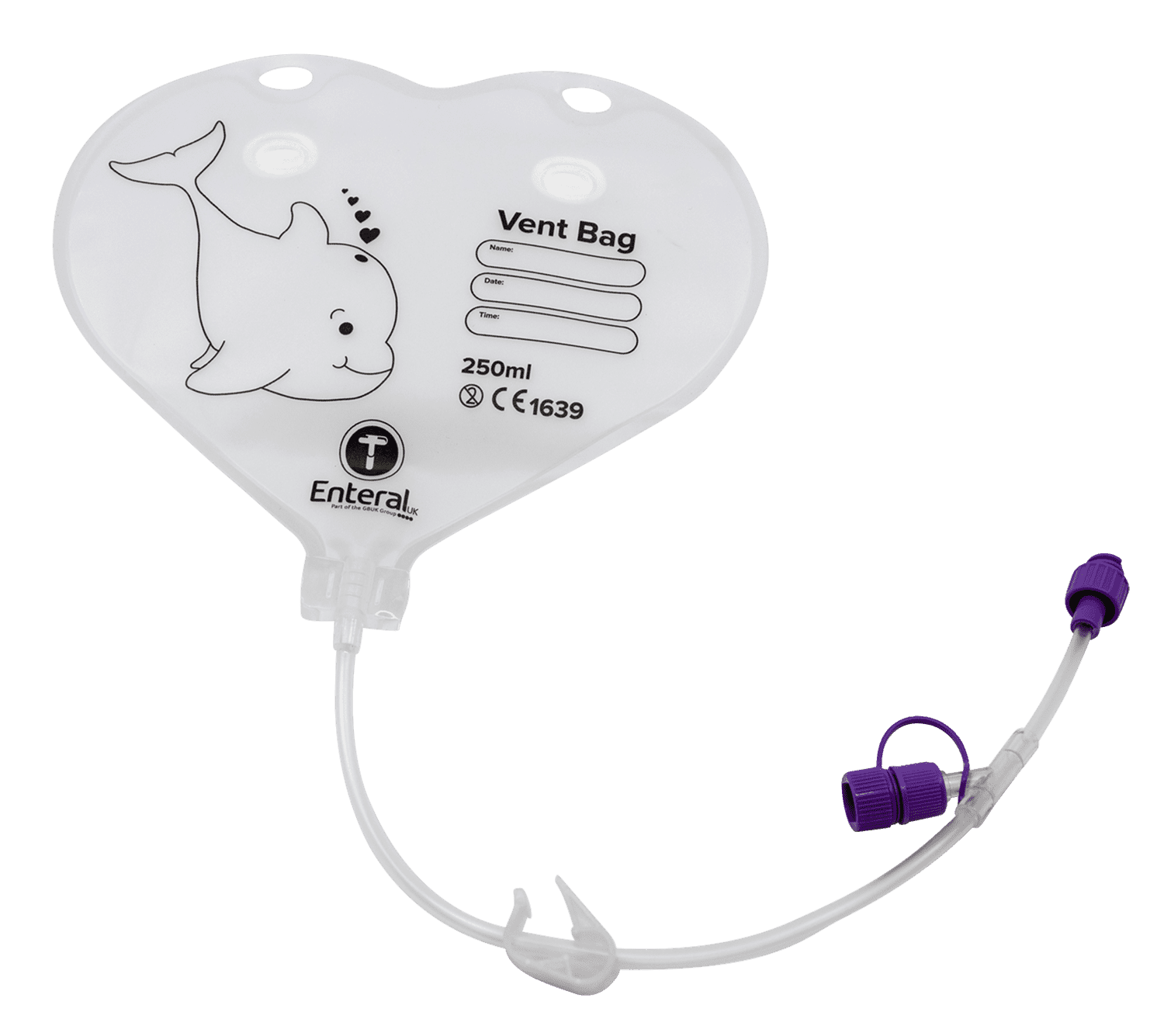Enteral Feeding Devices
GBUK Enteral specialises in the supply of enteral feeding devices. Our comprehensive range of products enables healthcare professionals to safely deliver nutrition to their patients being cared for both in hospital and in their own homes. GBUK Enteral is proud to be playing a pivotal part in the global ISO ENFit 80369-3 roll-out. We take pride in our commitment to quality, clinical innovation and providing exceptional value.
Products
High-Quality Enteral Feeding Products for Optimal Patient Nutrition
Ensure optimal patient nutrition with our high-quality enteral feeding products, including feeding tubes, Enteral syringes, drainage bags, Enteral pH paper and full range of accessories. Our products are designed for ease of use, reliability and safety, and are ideal for healthcare professionals in hospitals, long-term care facilities and home healthcare settings. In addition to our brochure below, our enteral product categories are here in full detail. View our product brochure.




Babies given life saving nutrition approximately each year
Education & Training
Nursing is a complex profession that requires a wide range of skills and knowledge, including physical assessment, pharmacology, nutrition, infection control, and communication. Staff must be adequately trained to ensure that they are able to safely and effectively perform the tasks required of them. GBUK Global helps nurses to stay ahead and deliver the highest quality of care possible. Choose GBUK Global for industry-leading nurse education that enhances patient care.
What is Enteral Feeding?
Enteral feeding is a method of providing nutrition directly to the digestive tract through a tube. This can be necessary when a patient is unable to eat or swallow due to medical conditions such as dysphagia, stroke, or neurological disorders.
Enteral feeding provides nutrition directly to the digestive tract through a tube. This can be necessary when a patient is unable to eat, swallow or meet their nutritional requirements due to medical conditions such as strokes, or other neurological conditions which impair swallowing, cystic fibrosis, cerebral palsy, blockages and more.
The tubes used for enteral feeding can be inserted through the nose or mouth (nasogastric or orogastric), through a small incision in the abdomen (gastrostomy), or directly into the small intestine (jejunostomy). The choice of tube placement depends on the patient’s medical condition, the duration of the feeding required, and the patient’s overall health.
Enteral feeding can be used to provide complete or partial nutrition, and may also be used to administer medication. The type and amount of formula or feeding solution used will depend on the patient’s nutritional requirements and medical condition.
Enteral feeding is a safe and effective way to provide nutrition to patients who cannot eat or swallow. However, it does carry some risks, including the wrong route of administration, tube dislodgement, and aspiration pneumonia.
Importance of Using the Right Equipment
Patient Safety
Using the right equipment ensures patient safety and reduces the risk of complications such as aspiration, infection and tube dislodgement. Standardising to ISO ENFit 80369-3 ensures reduction of risk of wrong route of administration of Enteral nutrition or medication.
Accurate Nutrition Delivery
Using the right products helps to ensure that the correct amount of nutrition and medication is delivered to the patient.
Reduced Discomfort
Using correctly sized feeding tubes with appropriate materials for their intended use will improve patient comfort during enteral feeding, and improve overall outcomes.
Risks of Never Events in Enteral Feeding
Wrong Route
If the tube is inserted into the wrong part of the body, such as the lungs rather than the stomach, it can cause serious complications such as aspiration pneumonia. Healthcare professionals must take care to ensure that the tube is inserted correctly and that it is in the right position.
Tube Dislodgement
If the tube becomes dislodged from its proper position, it can cause discomfort and increase the risk of aspiration. Healthcare professionals must take care to ensure that the tube is properly secured and that the patient is monitored closely.
Infection
If the equipment is not properly cleaned and sanitised, it can lead to bacterial or fungal growth in the tube or around the insertion site. Healthcare professionals must take care to ensure that the equipment is properly cleaned and sanitized before and after each use.
In summary, enteral feeding is an important method of providing nutrition to patients who are unable to eat or swallow. Healthcare professionals must use the right equipment and take appropriate measures to prevent never events, such as ensuring that the tube is inserted correctly, properly secured, and properly cleaned and sanitized.
Equipment Available for Enteral Feeding
Nasogastric (NG) Tube
NG tubes are commonly used for short-term feeding and are less invasive than percutaneous tubes. They are typically used for patients who are expected to recover and regain their ability to eat and drink.
Nasoenteric (NE) Tube
NE tubes are similar to NG tubes but are passed through the stomach and into the small intestine. They are typically used for patients who are at risk of aspiration or have a high risk of reflux.
Gastrostomy Tube
Gastrostomy tubes are inserted directly into the stomach through a small incision in the abdomen. They are typically used for long-term feeding and are more secure than NG tubes.
Jejunostomy Tube
Jejunostomy tubes are similar to gastrostomy tubes but are inserted directly into the small intestine. They are typically used for patients who are unable to tolerate feeding through the stomach.
Enteral Syringe Drivers
These are devices used to deliver nutrition or medication through a feeding tube at a controlled rate.
Administration Sets
These are sets of tubing and connectors that are used to connect the feeding tube to the enteral feeding driver or other feeding source.
Syringes
These are used to administer medication or liquid nutrition through the feeding device.
Gravity Bags
These are bags that are filled with liquid nutrition and hung above the patient to allow gravity to deliver the nutrition through the feeding tube.
Extension Sets
These are additional lengths of tubing that can be added to the administration set to allow for greater flexibility in the positioning of the feeding pump or bag.
Enteral Formula
These are specialised liquid nutritional formulas that are designed to meet the nutritional needs of patients who cannot eat normally.
Accessories
These can include a range of products such as bottle adaptors, caps, drawing up devices and enteral pH strips that are used to ensure the safe and effective delivery of nutrition or medication with feeding devices.
pH strips are used to check for correct placement of Nasogastric Feeding Tubes each year
At GBUK Corp we value your feedback
We are committed to providing you with the best possible experience. If you have any questions, comments, or concerns, please do not hesitate to contact us.
Our customer service team is available to assist you with any inquiries you may have. You can reach us via phone, email, or by filling out the contact form. We appreciate your business and look forward to hearing from you!
Call us
Our Location
Contact Us






